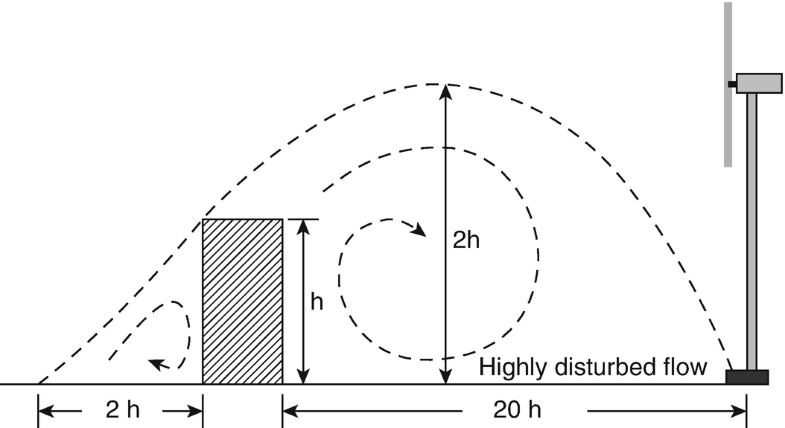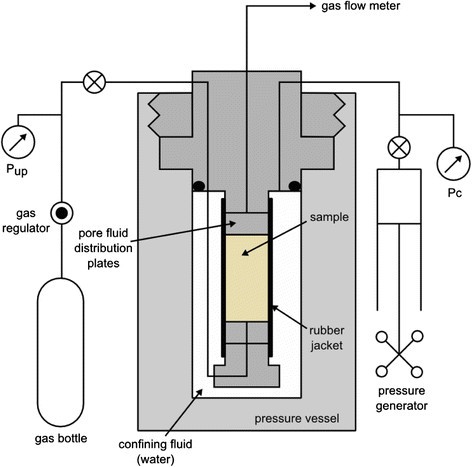

- CLAY COUNTY FLORIDA GENERATOR BACKFEED PERMIT FULL
- CLAY COUNTY FLORIDA GENERATOR BACKFEED PERMIT CODE
What is the requirement for a service receptacle outlet for heating, air conditioning, and refrigeration (HACR) equipment?.
CLAY COUNTY FLORIDA GENERATOR BACKFEED PERMIT CODE
What is the code requirement for GFCI protection for receptacles near a wet bar sink?. 
What is the difference between what trips a GFCI (ground fault) receptacle and a circuit breaker?.To learn more about electrical wiring, devices, and receptacles, see these other blog posts: Also, for height of receptacles, see What is the height requirement for an electric receptacle outlet? See How I can tell if a receptacle outlet is tamper resistant? for details. See our blog When did arc fault circuit interrupter (AFCI) breakers first become required? to learn more.Īnd receptacles that only open to allow standard cord prongs (and not any metal object that a curious child may try to stick into it), called tamper resistant, are the latest improvement. See our blog post Where are GFCI receptacle outlets required?ĪFCI-protected receptacles, which recognize arcing in the circuit for fire protection, have also been phased into the code requirements. GFCI-protected receptacles are now required in wet areas, for personal shock protection. And a floor receptacle in a dry area, like a living room, should have a special “rated” cover that protects the slots when not in use.Īs electric technology has evolved over the years, so have receptacles. A receptacle should not be flush-mounted on a horizontal surface where it may have water splashed on it, like at kitchen counter.The cord could come in contact with the top of the heater and melt. Receptacles directly over a baseboard electric heater are a no-no.
CLAY COUNTY FLORIDA GENERATOR BACKFEED PERMIT FULL
Although one receptacle should be placed near each bathroom sink, it should not be placed behind the sink, to avoid the possibility of the cord drooping into a sink full of water. The slight arcing that happens when a cord is plugged-in can set off an explosion. Gasoline fumes from a car parked in the garage are heavier than air, and accumulate at the floor. Receptacles should not be placed lower than 18-inches above a garage floor. It’s not uncommon to have one receptacle per bedroom in a 1940s era bungalow, and only one receptacle at the kitchen counter.Įqually important, though, are locations where an electric receptacles should not be placed: Home electric consumption has been increasing at a rate of about 5% per year for a while now.Īnd, obviously, older homes have fewer receptacles. These tighter standards have developed over the years in response to the increasing use of plug-in electric appliances around the home. For all details of kitchen spacing, go to our blog post How far apart should kitchen counter receptacles be spaced?To find requirements for the other rooms, see our blog posts How far apart should electric receptacles be spaced in a bathroom?and What is the code requirement for receptacle outlets in a closet?and How many electrical receptacle outlets are required in a hallway? and How far apart should electric receptacle outlets be placed in a garage?and What is the code requirement for receptacle outlets in a foyer?and Is a house required to have outdoor electric receptacle outlets? These standards do not apply to kitchens, bathrooms, closets, hallways, foyers, garage, or outdoor receptacles. Kitchen counters now have a more stringent standard: no point along the back of the counter can be more than 2-feet from a receptacle, and any counter more than 1-foot long requires a receptacle. Here’s a diagram from Code Check® of how it works out in multiple situations. Several other standards also come into play: each wall more than 2-feet long needs a receptacle. The logic behind that number is that an appliance with a standard length cord could then be plugged-in anywhere along the wall. The maximum spacing between receptacles, according to the National Electric Code (NEC), has been set at 12-feet since 1956-with no point along a wall being more than 6-feet from a receptacle.






 0 kommentar(er)
0 kommentar(er)
